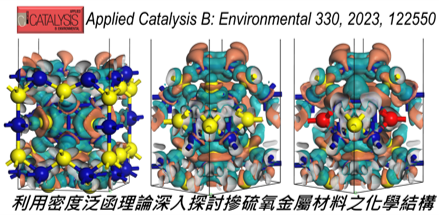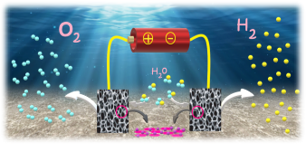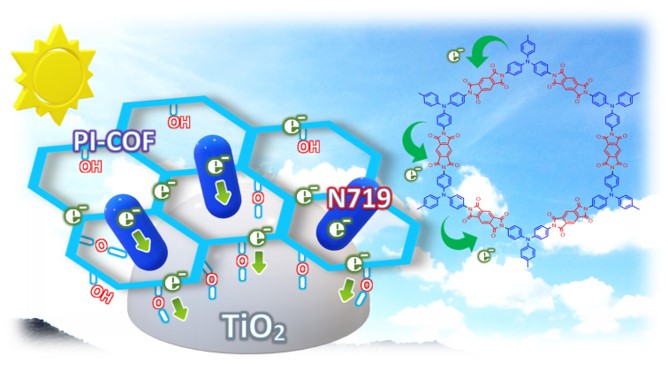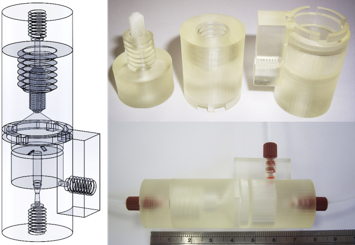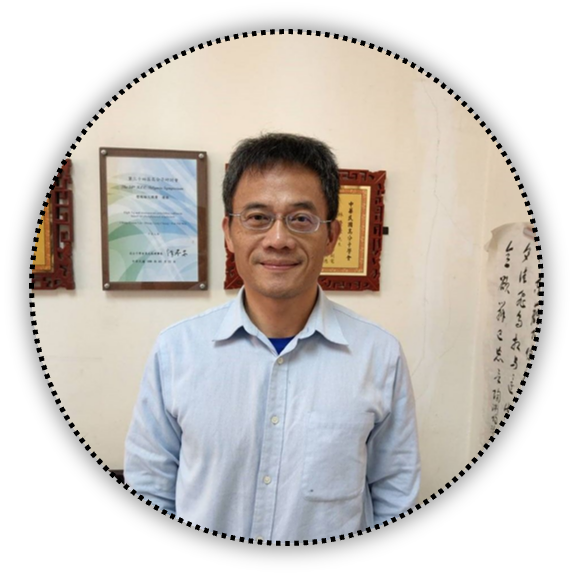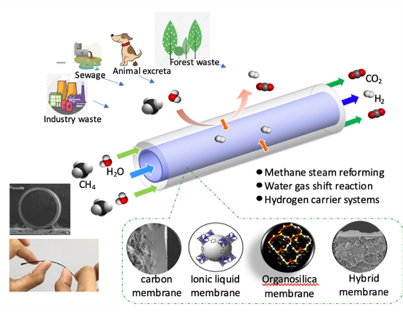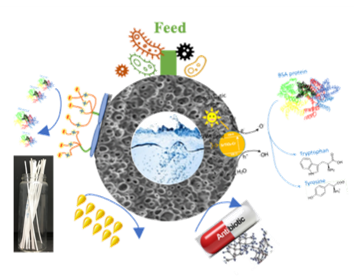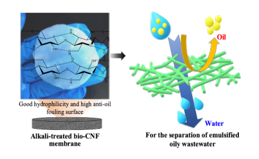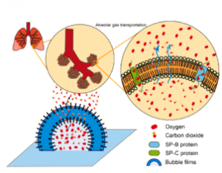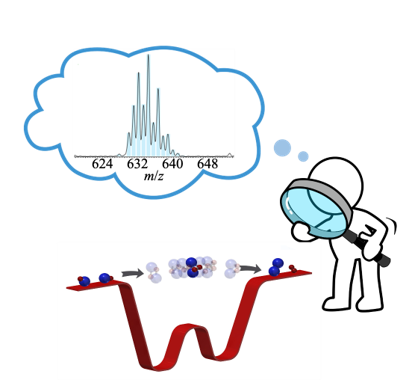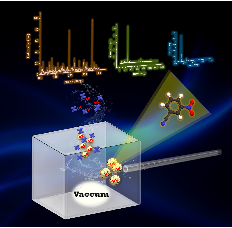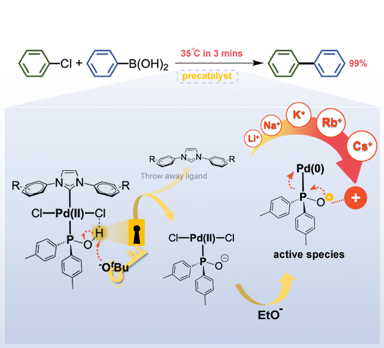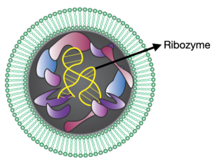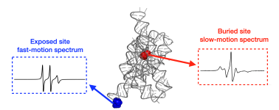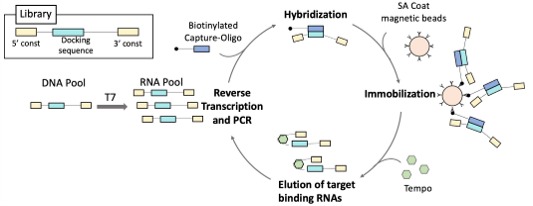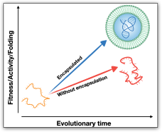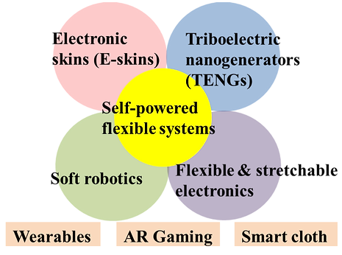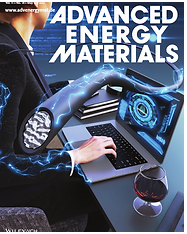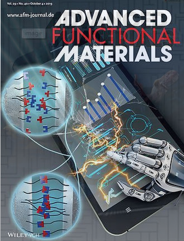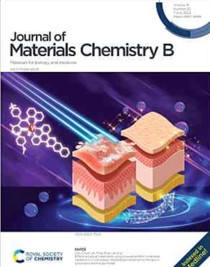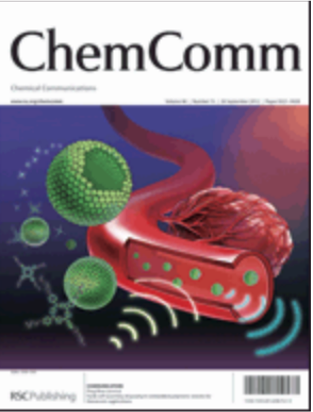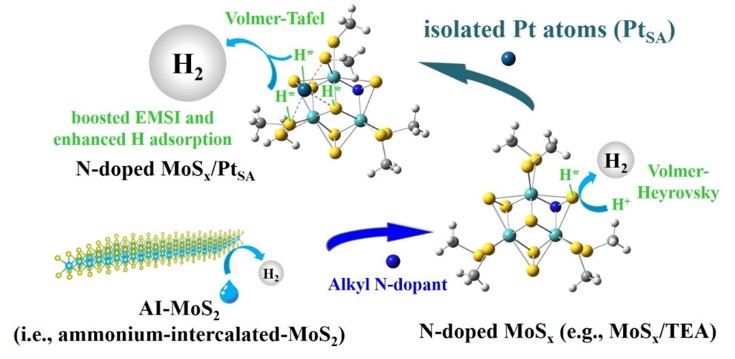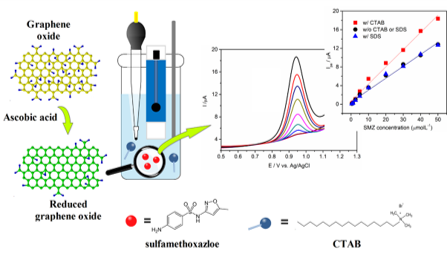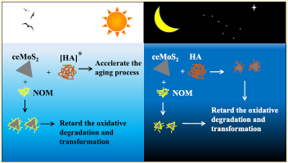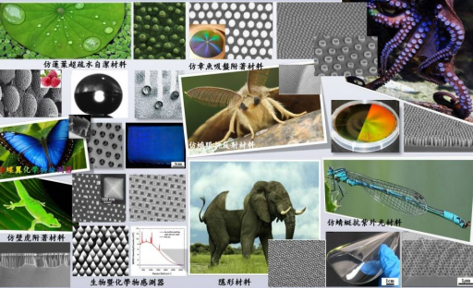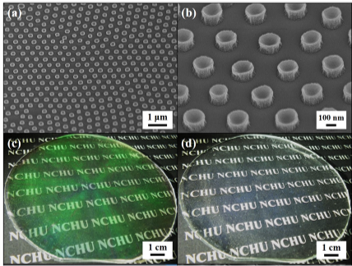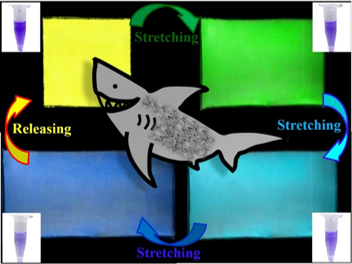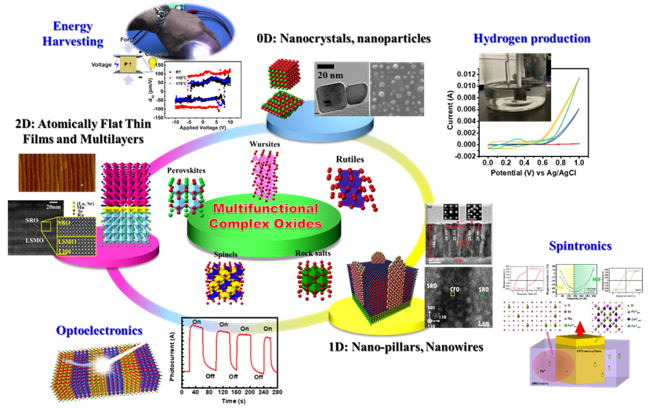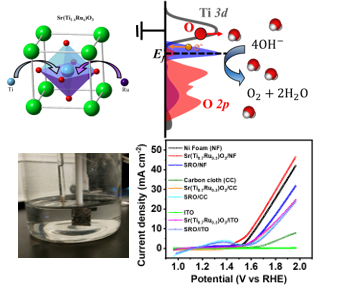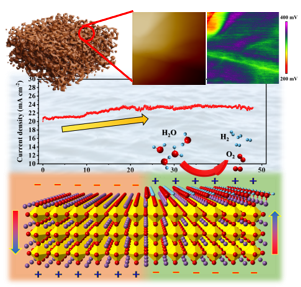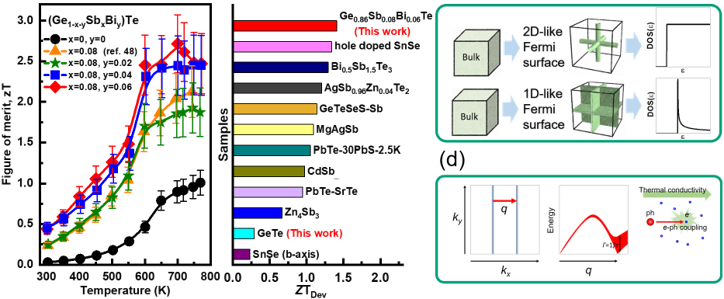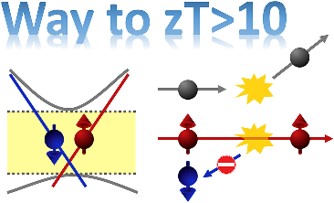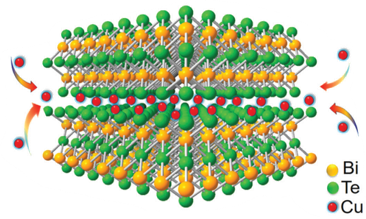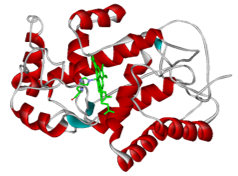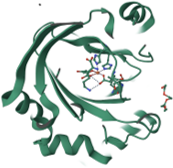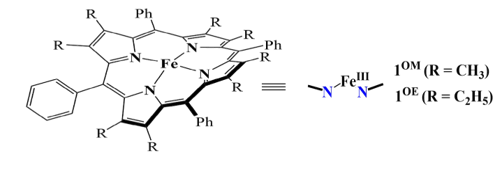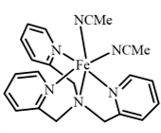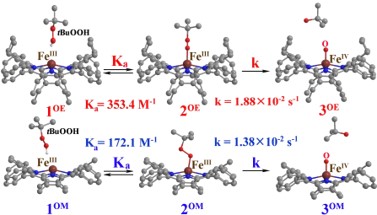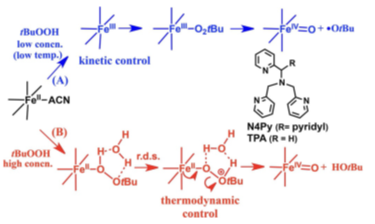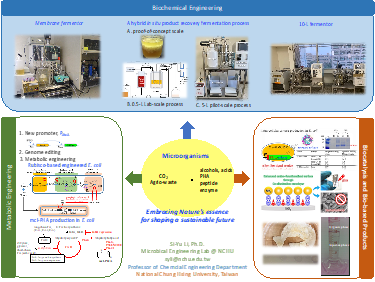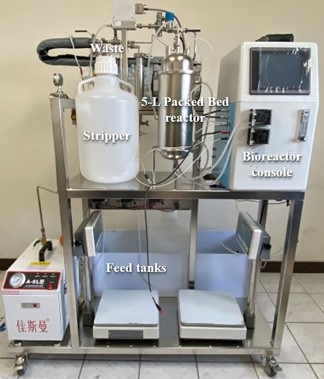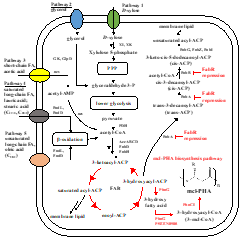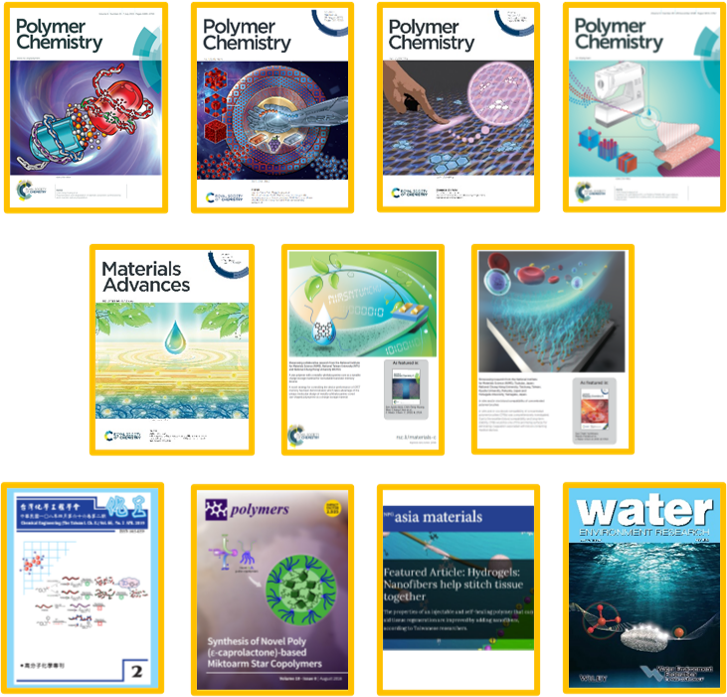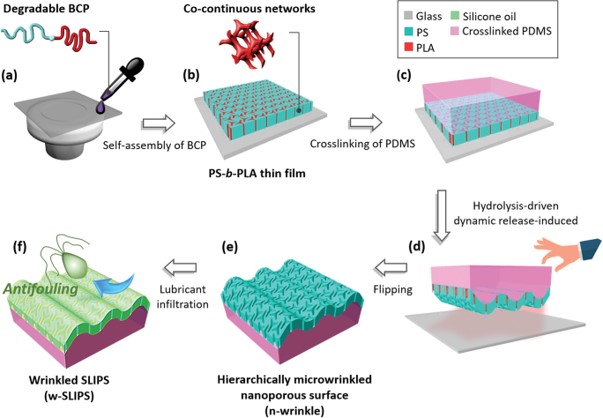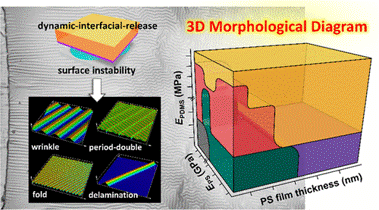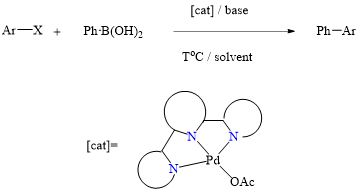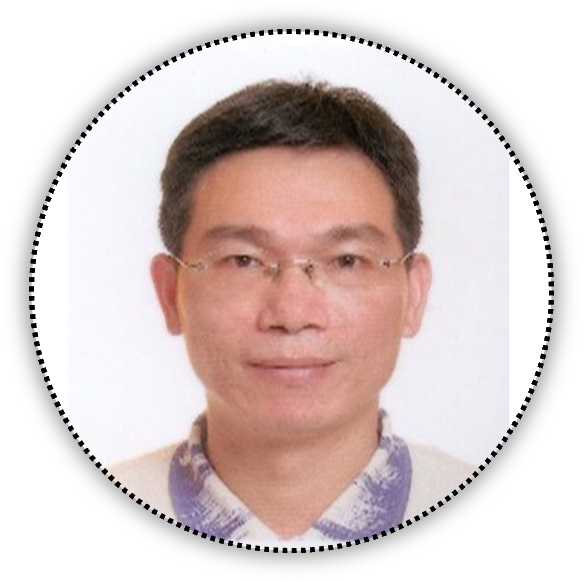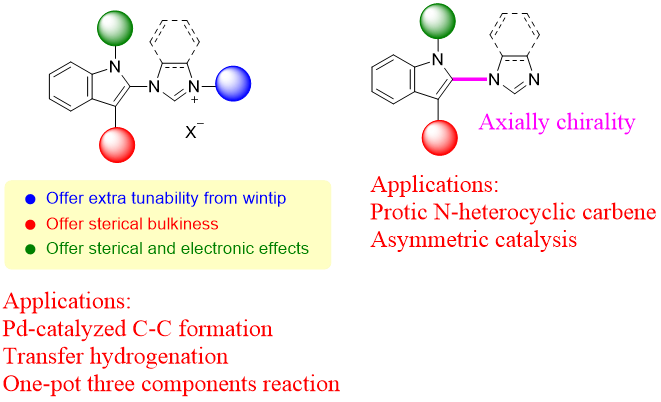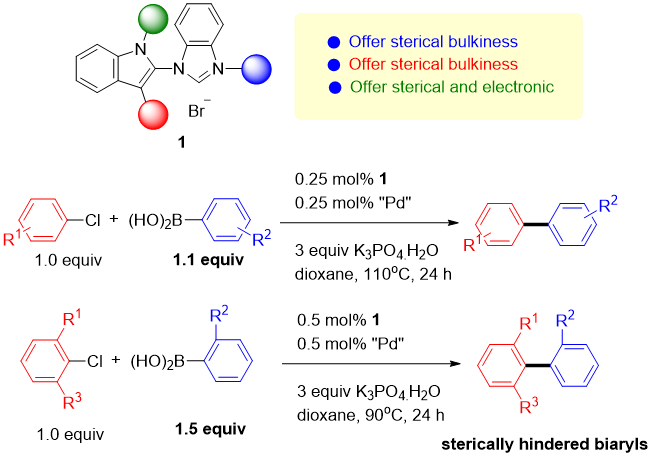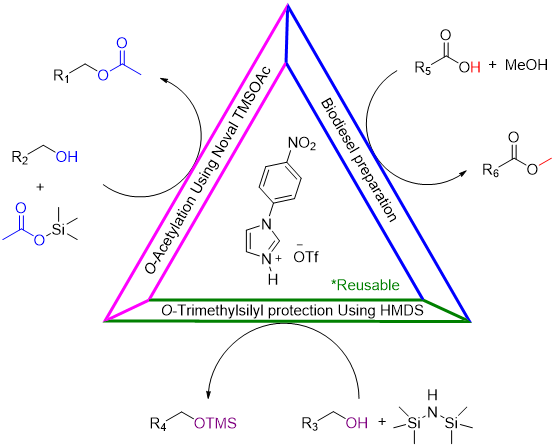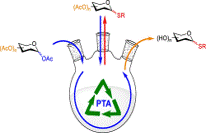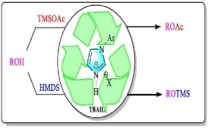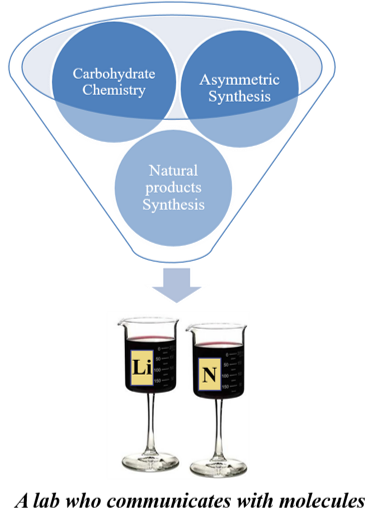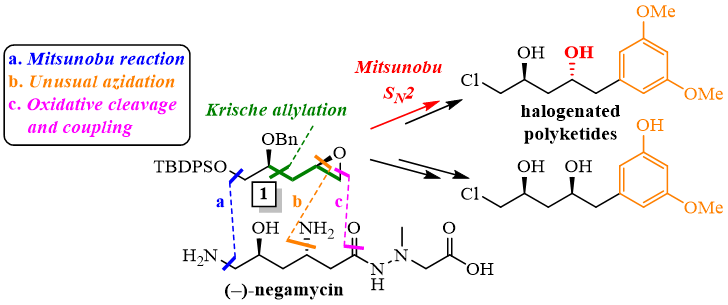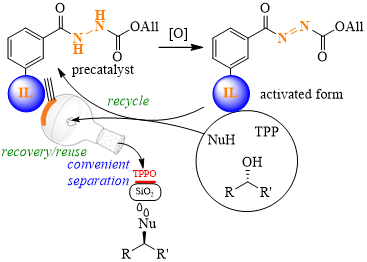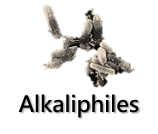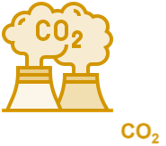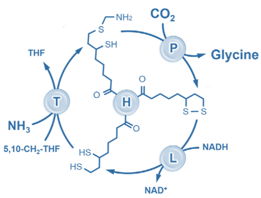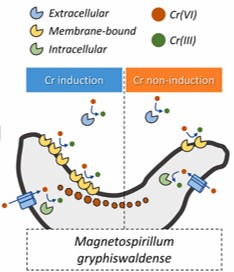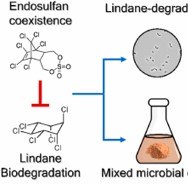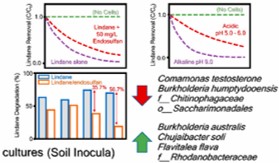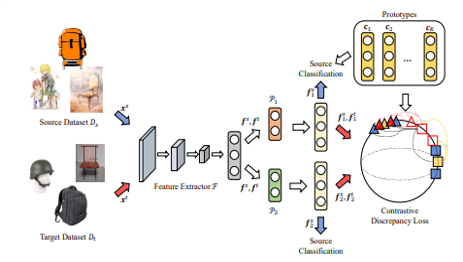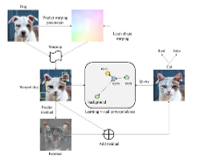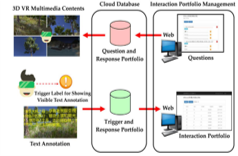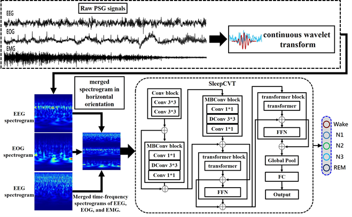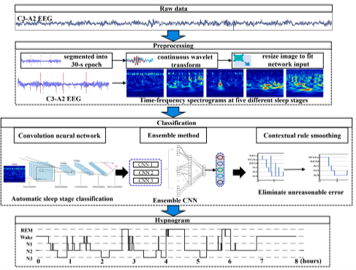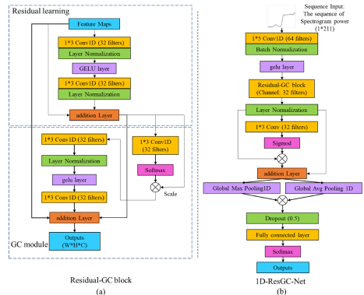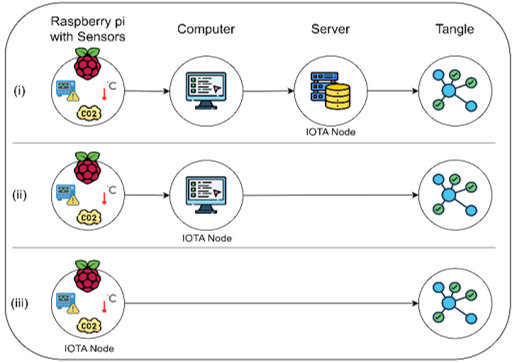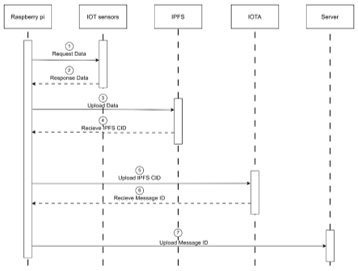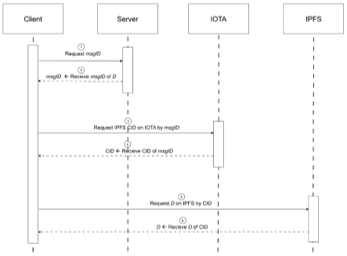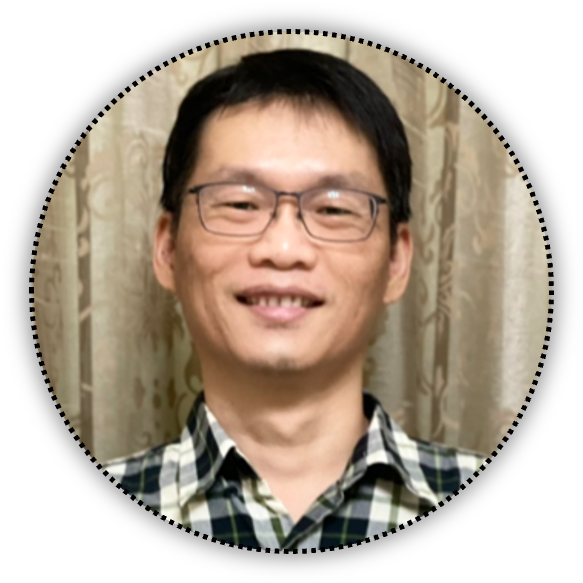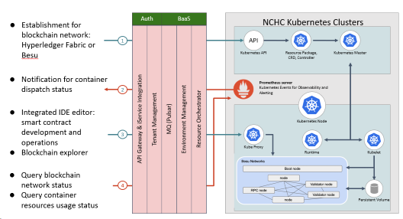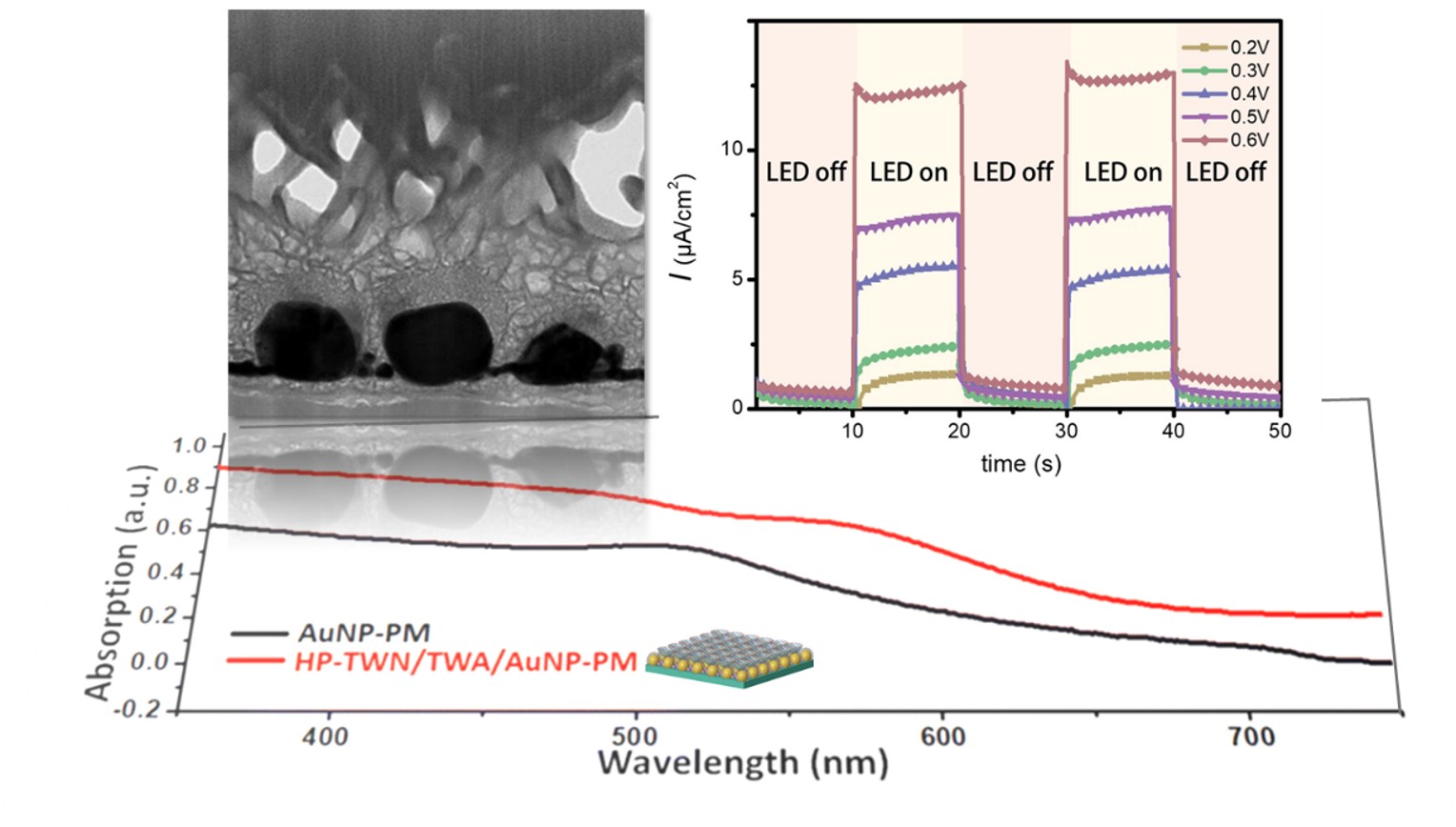
The development of full-spectrum green hydrogen materials
Prof. Kuan-Jiuh Lin / Department of Chemistry
Our research team has made a groundbreaking development in renewable electrode construction using a semiconductor/metal heterostructure. By synthesizing a nanoporous semiconductor film-based metasurface with a strong synergetic effect, the electrode provides excellent photocurrent extraction property. A 14-fold enhancement of the photocurrent was achieved for our as-prepared electrode compared to the gold substrate. In addition, the AuNP-plasmonic meta-surface enables a strong localized surface plasmon resonance (LSPR) effect, which results in remarkable broadband absorption.
(The results have been published in Chemical Communications.)
Furthermore, this renewable electrode has significant potential in the field of water splitting for hydrogen generation. It is expected that we will establish a process capable of producing electrode materials in large areas and in large quantities. Additionally, we aim to provide a novel technology for developing high-efficiency, stable, and recyclable green hydrogen materials. This technology will replace traditional energy sources and help us achieve the ultimate goal of carbon neutrality.
Leafhopper-Inspired Reversibly Switchable Antireflection Coating with Sugar Apple-Like Structure Arrays
Prof. Hongta Yang / Department of Chemical Engineering
Optical coatings with reversibly tunable antireflective characteristics hold a tremendous potential for next generation energy-related applications. Bioinpsired by the camouflage behavior of small yellow leafhoppers, silica hollow sphere/shape memory polymer composites are self-assembled using a non-lithography-based approach. The average visible transmittance of the as-patterned hierarchical structure array-covered substrate is increased by ca. 6.3% at normal incident, and even improved by more than 20% for an incident angle of 75⁰. Interestingly, the broadband omnidirectional antireflection performance can be reversibly erased and recovered by applying external stimuli under ambient conditions. (The results have been published in Journal of Colloid and Interface Science (2023).) This bioinspired coating can be applied to reduce incident light reflection, thereby improving the efficiency and stability of photocatalysts for sustainable photocatalytic green hydrogen production.

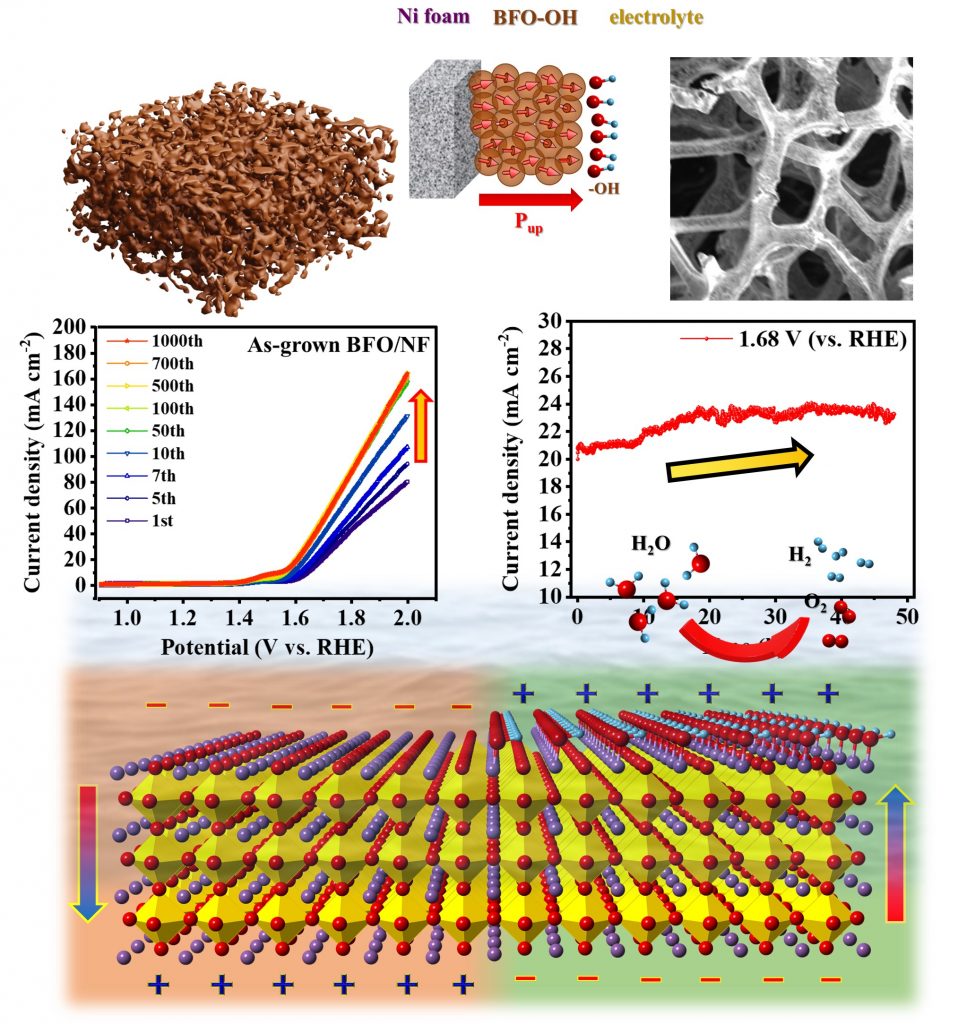
Development of novel electrocatalysts for self-enhanced hydrogen production
Prof. Heng-Jui Liu / Department of Materials Science and Engineering
The Prof. Liu’s research team has successfully developed a highly efficient and stable electrocatalytic electrode by depositing ferroelectric BiFeO3 (BFO) on porous Nickel foam. The BFO-modified NF electrode not only demonstrates a smaller energy consumption for water splitting than the non-modified one but also exhibits a novel self-enhanced electrolysis efficiency rarely found in conventional electrodes. It shows an increasing current density with cyclic tests and operation time. According to both experimental and theoretical results, this phenomenon can be ascribed to the the large-scale polarization of BFO, poled by bonding with hydroxyl ions in the electrolyte. Our research results pave a new pathway for polarizing ferroelectrics on a large scale and reveal great potential in the field of hydrogen production using functional oxides. The corresponding findings have been published in the high-quality, peer-reviewed international journal ACS Nano.
Energy Conversion Devices
Prof. Te-Hsien Wang / Department of Physics
The operation of thermoelectric devices requires both N-type and P-type semiconductor materials. Bismuth telluride (Bi2Te3) stands out as the most widely used commercially available room-temperature thermoelectric material. However, compared to P-type bismuth telluride, the thermoelectric performance of N-type bismuth telluride has not been satisfactory. In our research, we successfully synthesized N-type bismuth telluride materials with the world's highest average thermoelectric figure of merit near room temperature. We found that the primary reason for achieving such high thermoelectric performance lies in the incorporation of copper atoms into the Van der Waals gaps in N-type bismuth telluride, enabling simultaneous high conduction carrier concentration with minimal electron scattering. This research has been published in Advanced Science in 2022 (IF=17.5).
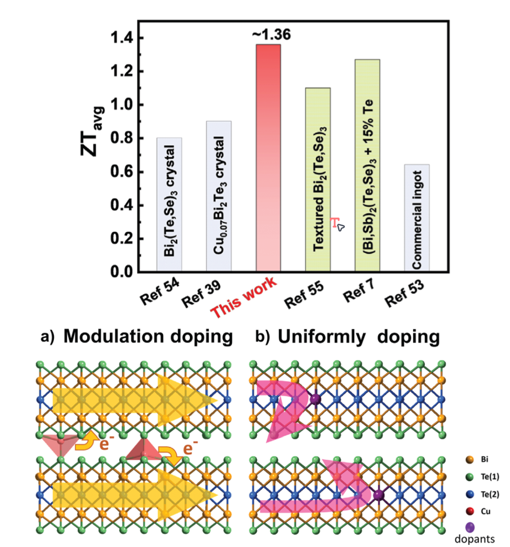
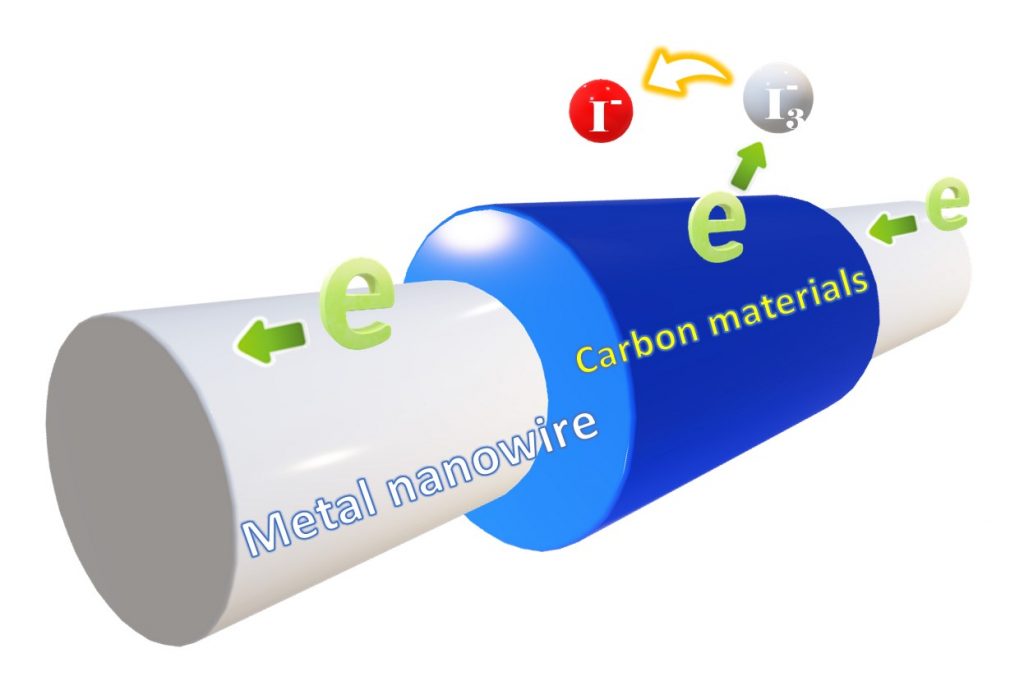
High performance carbon-based composite catalytic electrode
Prof. Chih-Ming Chen / Department of Chemical Engineering
Professor Chen Chih-Ming's research team has successfully synthesized a high-efficiency carbon-based composite catalytic electrode. With this electrode, the charge transfer efficiency is improved by more than 50%, comparable to the performance of traditional platinum-based electrode. Dye-sensitized solar cells based on this electrode demonstrate power conversion efficiency that surpasses that based on platinum electrode. Carbon-based composite electrodes have price advantages and simple manufacturing processes, which can significantly reduce energy expenditure and achieve carbon reduction.
The development of high-performance electrode materials for electrochemical energy storage
Prof. Meng-Chang Lin / Department of Materials Science and Engineering
Ionic liquid (IL) dual‐ion batteries (DIBs) are widely studied as advanced electrochemical systems because of their potential nonflammability, environmental friendliness, and high working voltage. Recycling and reusing valuable IL electrolytes and metallic Ni current collectors might boost the application of IL DIBs. Herein, the preliminary results of the recycling of a spent DIB with 1,2‐dimethyl‐3‐propylimidazolium chloroaluminate (DMPI+)(AlCl4−) electrolyte are reported. Recovery rates of most components (graphite flakes, Ni current collector, and so on) of the DIB reach a range of 84–98%, whereas the IL electrolyte is only 24%. Optimistically, the cost of an IL DIB using recycled components can be reduced by around 68%. Thus, developing the recycling processes might pave the way to increase the competitiveness of IL DIBs for grid‐scale energy storage. The preliminary results have been published in Energy Technology, 11(1), 2023, 2200938.

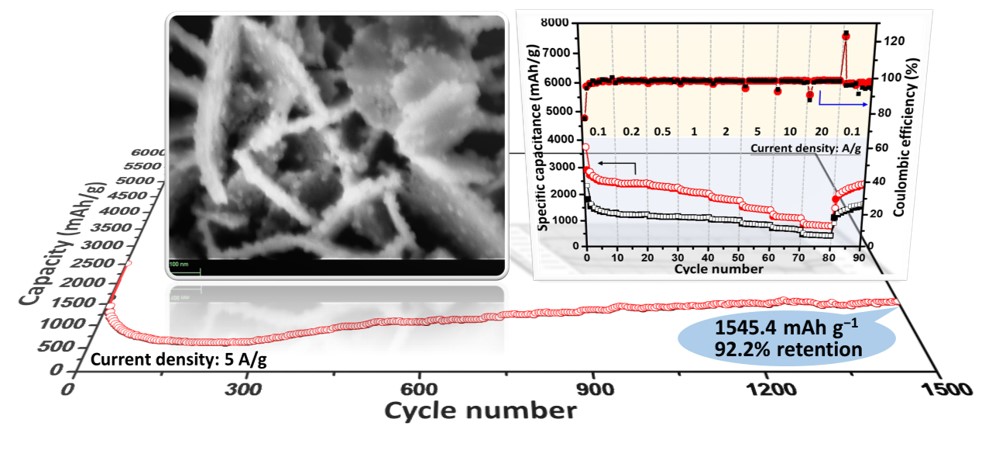
Metal oxide based anode materials for fast-charging and high-performance lithium ion batteries
Dr. Wen-Yin Ko / Department of Chemistry
Aqueous rechargeable batteries with good electrochemical performances have been considered as compelling alternatives in miniaturized energy storage units due to their small-size, better safety, greener manufacturing condition, and easy-to-recycle process. Herein, a binder-free zinc doped manganese oxide (MnOx) with vertically-oriented 3D porous cereal-like nanosheet framework used as a cathode material for eco-friendly aqueous Zn ion battery is developed. Zinc doping induced electrical/ionic conductivity enhancement, along with more active sites provided by 3D porous cereal-like nanostructures and multiple Mn valences, this ZnMM-NSs cell can deliver a high capacity, good rate performance, and satisfying cycling stability. Also, the Zn-doped MnOx are obtained by a green method, which can reduce the entire cost, the usage of toxic solvents, the consumption of energy, and the disposable by-product, paving the way for developing cost-effective, easy-to-recycle, and environmentally friendly next-generation energy storage systems.




